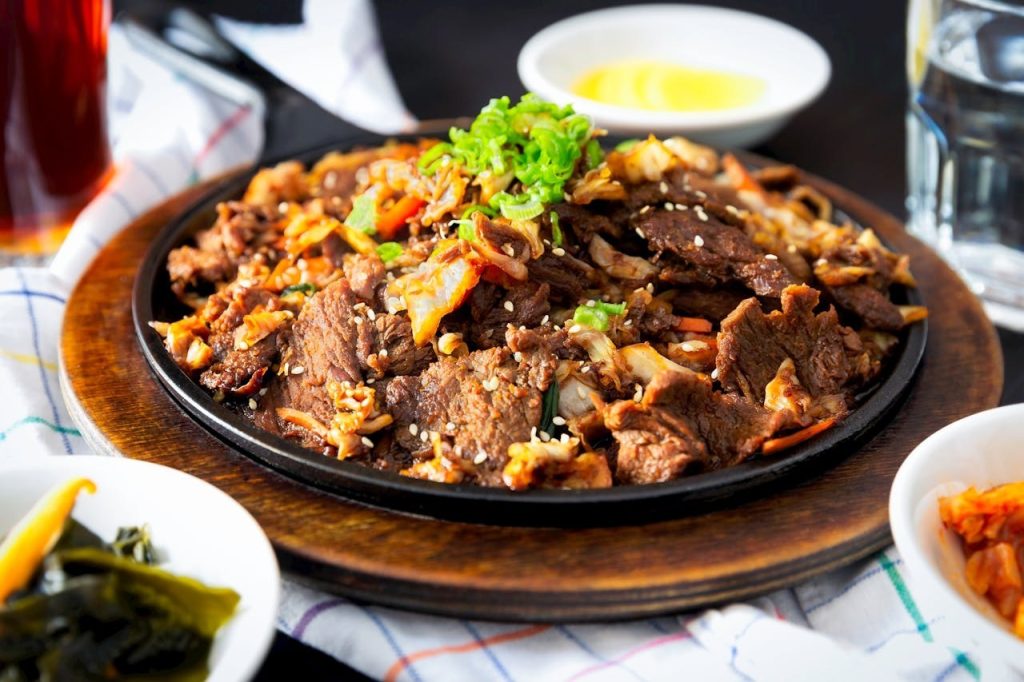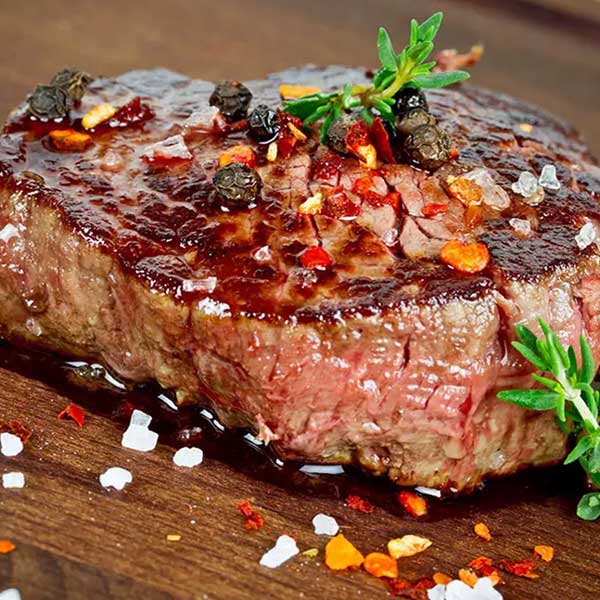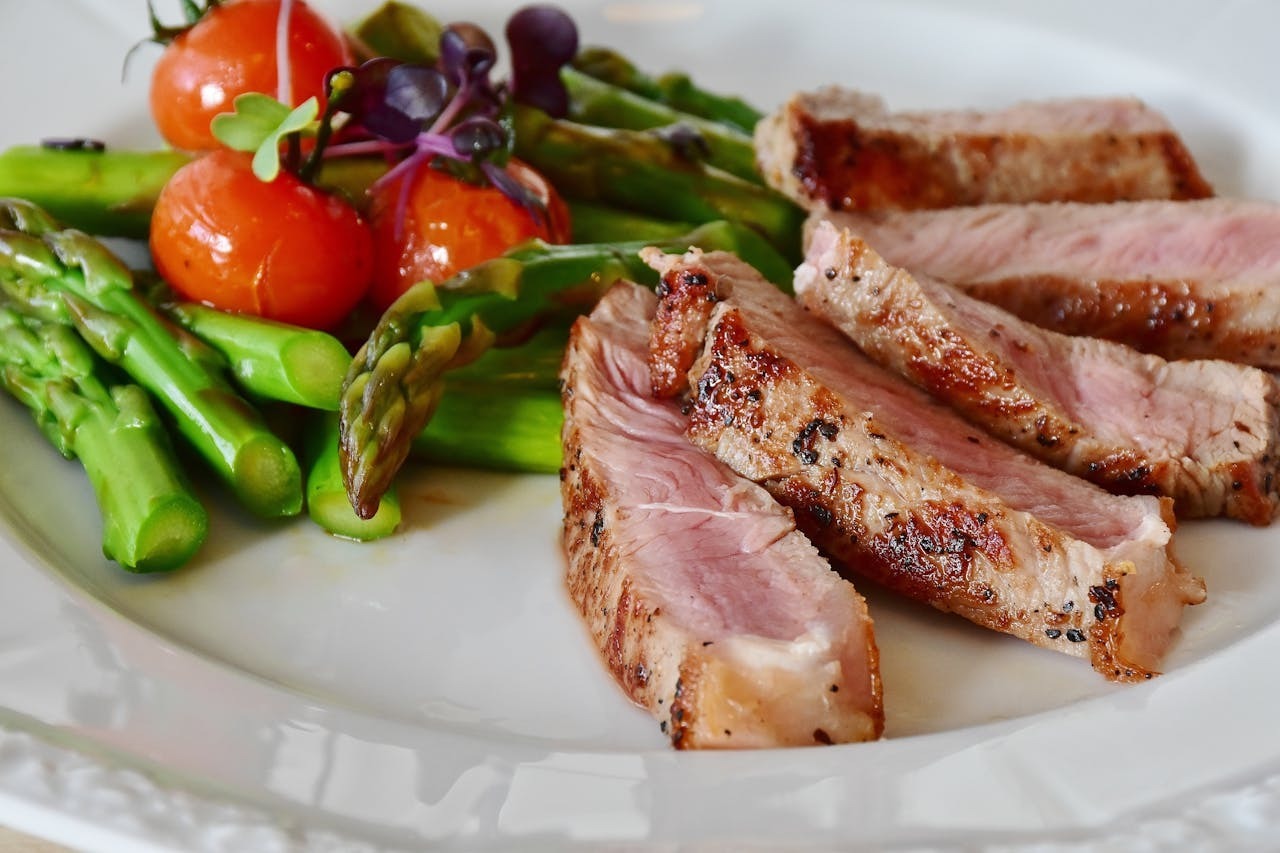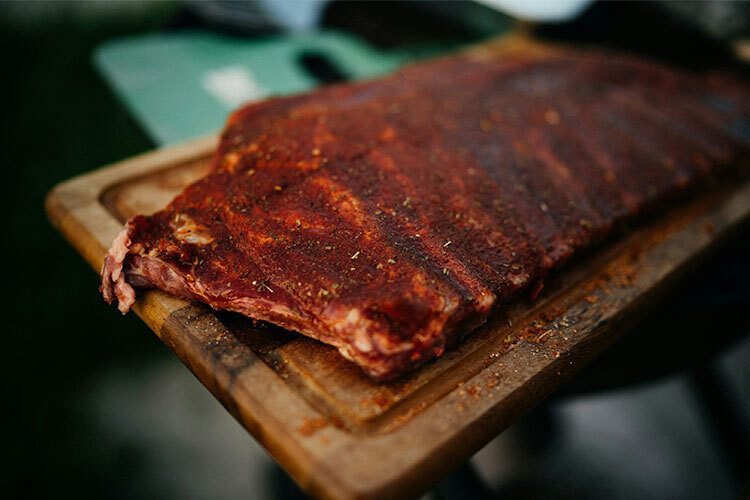Grass-fed beef comes from cattle that have been allowed to graze on their natural diet of grass and finished with mixed grains before slaughter. While most beef sold today comes from grain-fed cattle, grass-fed beef is growing in popularity due to its multiple benefits for health and the environment.
In this article, we’ll explore why grass-fed beef is a healthier and more sustainable choice. We’ll cover the nutritional differences between grass-fed and conventional beef, including higher omega-3s, antioxidants, and conjugated linoleic acid (CLA). We’ll look at how the nutrients in grass-fed beef can benefit heart health, aid in weight loss, reduce cancer risk and inflammation, and improve gut health. We’ll also discuss the environmental advantages of grass-fed cattle farming compared to feedlot systems. Finally, we’ll go over tips for finding high quality grass-fed beef and incorporating it into your diet.
Nutritional Profile
Grass-fed beef is nutritionally superior to conventional, grain-fed beef in several ways. It is higher in antioxidants like vitamin E, as cattle raised on pasture ingest high levels of this fat-soluble vitamin from the grass. Grass-fed beef also contains more omega-3 fatty acids. Studies show grass-fed beef can contain 2-3 times more omega-3s than conventional beef. Omega-3s are linked to reduced inflammation and better heart health.
Additionally, grass-fed beef is higher in conjugated linoleic acid (CLA), a type of fatty acid. Research indicates CLA may help prevent cancer. One study found women with the highest levels of CLA in their diet had a 60% lower risk of breast cancer than those with the lowest levels. The CLA in grass-fed beef may help reduce body fat and build muscle as well.
Heart Health Benefits of Grass-Fed Beef
Grass-fed beef is much lower in saturated fat than conventional, grain-fed beef. While saturated fat was once demonized, the research now shows that the type of saturated fat matters greatly. Grass-fed beef contains more stearic acid, which does not raise LDL cholesterol levels like other saturated fats. Additionally, grass-fed beef is higher in omega-3 fatty acids. This provides an improved ratio of omega-6 to omega-3 fats, which can help lower the risk of cardiovascular disease.
The combination of less inflammatory saturated fat and more anti-inflammatory omega-3s gives grass-fed beef a clear advantage for heart health. Multiple studies have shown that replacing grain-fed beef with grass-fed beef leads to reductions in LDL cholesterol, total cholesterol, and triglycerides. The antioxidants like vitamin E also help prevent oxidation of LDL particles, which is a key step in the development of atherosclerosis.
Overall, choosing grass-fed over grain-fed beef provides tremendous benefits for cardiovascular health by improving your cholesterol profile and reducing inflammation. This can lead to lower blood pressure, improved circulation, and a reduced risk of heart attacks and strokes down the line.
Grass-Fed Beef Promotes Weight Loss

Studies show that grass-fed beef is much leaner than grain-fed. While conventional grain-fed beef can have a fat content as high as 25-30%, grass-fed beef contains about 20% less fat. The fat it does have contains higher levels of polyunsaturated omega-3 fatty acids, which have been linked to reduced abdominal fat.
Grass-fed beef also contains higher levels of conjugated linoleic acid (CLA) – a natural trans fat that scientific research indicates can help burn fat. One study found that people who ate beef containing the highest levels of CLA experienced a 60% greater drop in BMI over a 12-month period. The researchers attributed this to CLA’s ability to block the activity of the enzyme lipoprotein lipase, which causes fat storage.
By choosing grass-fed beef and incorporating it into a balanced diet, people have an easier time reaching a healthy body weight and fat composition. The nutrients in grass-fed beef help naturally promote fat burning and weight control.
Cancer Prevention
Grass-fed beef is higher in antioxidants like vitamin E and beta-carotene than conventional beef. These antioxidants can help reduce oxidative damage to cells and may lower cancer risk.
Grass-fed beef also contains higher levels of conjugated linoleic acid (CLA), a naturally occurring fatty acid. Some studies indicate that CLA may inhibit tumor growth by blocking the growth of cancer cells and encouraging cancer cell death. Research is still ongoing, but the potential cancer-fighting effects of CLA are promising.
One study found that women with the highest levels of CLA in their diet had a 60% lower risk of breast cancer than those with the lowest levels. Another study showed that CLA induced cell death in human colorectal cancer cells. While more research is needed, the evidence so far indicates grass-fed beef’s nutritional profile may have cancer-protective effects.
Inflammation
Grass-fed beef contains higher levels of omega-3 fatty acids compared to grain-fed beef. Omega-3s have strong anti-inflammatory properties in the body. They help counteract the inflammatory effects of omega-6 fatty acids.
Grain-fed cattle are often fed corn and soy which are high in omega-6s. This leads to higher levels of inflammatory omega-6 fats in their meat. Grass-fed cattle get more balanced omega-3 and omega-6 fats from their natural grass diet.
Studies show grass-fed beef has a much lower ratio of omega-6 to omega-3 fatty acids compared to conventional beef. A lower ratio is considered optimal to reduce systemic inflammation.
Chronic inflammation is now recognized as the root cause of many modern diseases like heart disease, diabetes, and autoimmune conditions. Choosing grass-fed beef over grain-fed is an easy way to increase your intake of anti-inflammatory omega-3 fatty acids.
Gut Health
One of the key benefits of grass-fed beef is its potential to improve gut health. Grass-fed beef contains higher levels of conjugated linoleic acid (CLA) compared to conventional beef. CLA is a type of healthy fat that supports gut health in several ways:
- It can help improve the diversity and balance of gut microbiome. The gut microbiome is the collection of bacteria, viruses and fungi that live in our digestive tracts. Higher microbiome diversity is linked to better gut and overall health. Grass-fed beef’s CLA may help promote growth of healthy gut bacteria.
- CLA has anti-inflammatory effects in the gut. It helps calm inflammation, which when chronic, can damage the gut lining and contribute to leaky gut syndrome. CLA’s anti-inflammatory powers help maintain a healthier gut barrier.
- The CLAs found in grass-fed beef may enhance gut immunity. By supporting diverse microbiome and reducing inflammation, CLA strengthens the gut immune function, which is extremely important for long-term health.
Consuming grass-fed beef on a regular basis may be an effective strategy to improve gut health through the power of CLA. It helps create the ideal environment in the gut for good bacteria to thrive and protects the gut lining from chronic inflammation.
Environmental Impact
Switching to grass-fed beef can benefit the environment in a few key ways compared to conventional beef from factory farms.
First, grass-fed cattle are raised on pasture using regenerative grazing practices that enhance the land. This helps restore grasslands and promotes biodiversity. Well-managed pastures can even sequester carbon in the soil, thus reducing greenhouse gas emissions.
Conventional beef production relies on feedlots where thousands of cattle are crowded together. This leads to problems like manure runoff and methane emissions. Grass-fed systems keep animals dispersed across the land, resulting in less pollution.
Additionally, grass-fed cattle require fewer resources like fuel, fertilizer, and water compared to grain-fed systems. When you choose grass-fed beef, you support a model of raising cattle that is inherently more sustainable.
Overall, grass-fed beef production utilizes land in a way that is healthier for ecosystems and the planet. Your food choices really do make an impact.
Finding Quality Grass-Fed Beef
When selecting grass-fed beef, it’s important to look for quality and consistently high standards. Here are some tips:
Pay attention to where the cattle were raised. Ideally, they should be pasture-raised on open grasslands, not confined in feedlots. Local small farms are a good source.
Be prepared to pay more compared to conventional beef. Truly grass-fed beef is more expensive to produce, so expect to see higher prices. Focus on quality over quantity. Frozen grass-fed beef can provide cost savings compared to fresh.
Finding high quality grass-fed beef does require some diligence in reading labels and understanding sources. But the health, environmental and ethical benefits make it a smart choice for your plate.
In conclusion, switching to grass-fed beef can provide many potential health benefits compared to conventional beef. As outlined in this article, grass-fed beef contains a healthier nutritional profile with more omega-3s, CLA, vitamins, and antioxidants. It may also promote better heart health, aid in weight loss, help prevent cancer and inflammation, and support a healthy gut microbiome.
Grass-fed cattle also have a reduced impact on the environment compared to factory farmed cattle. The grass-fed system sequesters carbon in the soil and reduces greenhouse gas emissions, soil erosion, and pollution from fertilizers and pesticides. This makes grass-fed a more sustainable beef option.
With the wide range of benefits, grass-fed beef is a nutritious and eco-friendly protein choice to incorporate into your diet. Look for grass-fed and mixed grains finished beef from reputable local farms. The deep yellow color of the fat, from the carotenoids, indicates a healthy grass diet. Switching even some of your beef consumption to grass-fed can make a positive difference for your health and the planet.











